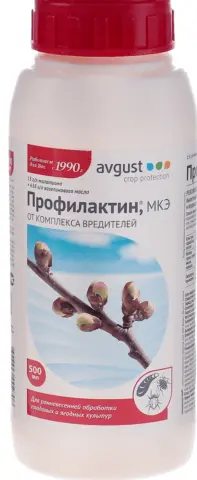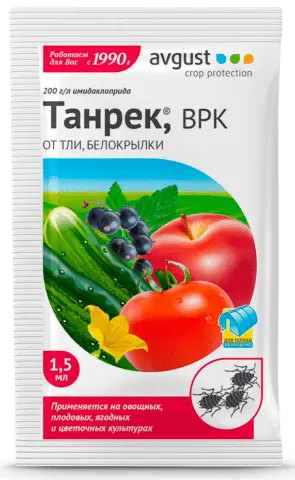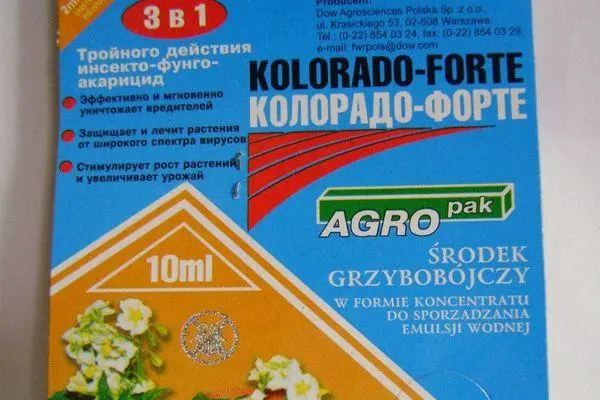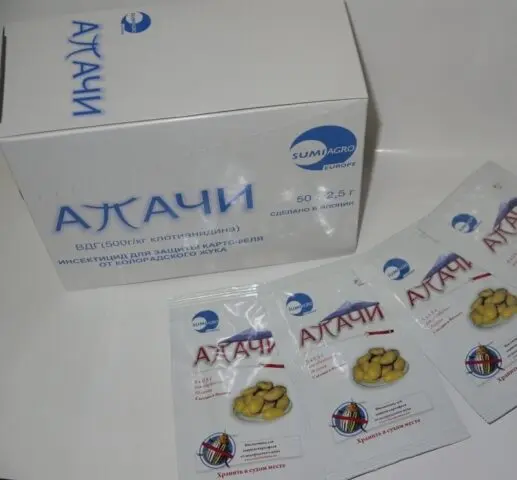Contents


Shchitovka on currants is a dangerous pest that feeds on plant juices. This leads to a weakening of the bush, its lag in development and a decrease in productivity. Insects are small, can fly to neighboring plantings. At the same time, they multiply rapidly. If the invasion is strong, the death of currants is not excluded. The main methods of destruction are chemical treatment. You can also use proven folk remedies.
Description of the shield with a photo
Scale insects are small insects with a shell-like body with a diameter of 5 mm. The surface resembles scales, they are painted in grayish, brown and yellowish shades.
They are sexually dimorphic – females and males are very different:
- Males live much less, only 24 hours. They have wings, so they fly from one currant bush to another. Despite the fact that their share in the population is not more than 10%, they represent a particular danger to plants. They are active in May and June.
- Females do not have legs and wings, so they crawl. There is a shell on the back, and its middle is light, and the edges are dark. They are active throughout the warm period. They lay up to 100 eggs per season. The larvae of them appear next spring, after which the cycle repeats.

Scale insects that settled on currants can lead to the death of the plant
Signs of defeat
Pests are small in size, so it is difficult to see them with the naked eye. However, the invasion can be determined by other signs:
- Currant leaves are covered with brown spots. Gradually they increase in size.
- Leaves dry out, curl and die.
- Sweetish mucus appears on different parts of the bush – honeydew. By itself, it is not dangerous, but serves as a breeding ground for infectious pathogens.
- A gray coating appears on the shoots, currant foliage. This is a sign of a neglected stage, when the bush no longer has enough nutrients.
- Cracks appear in the bark, the bush looks unhealthy, it does not set berries well, and noticeably lags behind in development.
Causes of pests
Scale insects settle mainly on old currant bushes, but they can also start on young ones. Insects also parasitize almost all other plantings – fruit trees and shrubs, vegetables and ornamental crops. Scale insects are ubiquitous, so it is impossible to completely eliminate the invasion of currants even with very good care.
The main causes of pests are:
- planting new seedlings with contaminated soil;
- lack of preventive treatments for insects;
- too thick placement;
- insufficient watering;
- strong shadow;
- excess nitrogen fertilizer;
- other diseases that weaken the bush.
Aftermath
Scale insects are small insects, but they can cause great harm to currants. Pests feed on the juices of the plant, which leads to a number of adverse effects:
- bush weakening;
- nutrient deficiency;
- a significant decrease in yield;
- decrease in immunity to diseases.
If timely measures are not taken, scale insects will multiply and infect all new parts of the currant, as well as neighboring plantings. Over time, this can lead to the death of the bush. A particular danger is due to the fact that scale insects spread very quickly on currants. Literally in a season, you can lose a significant part of the crop.
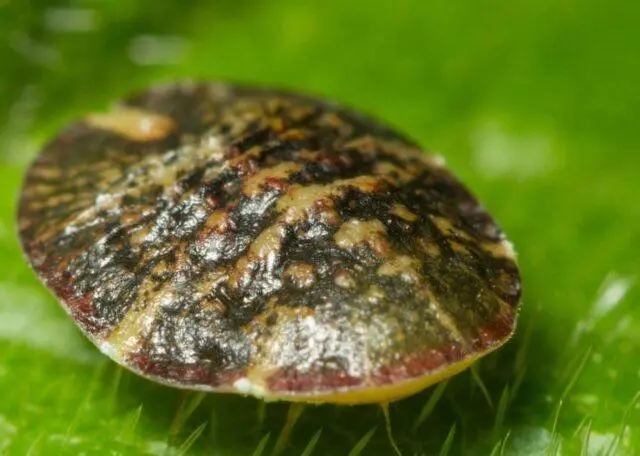
Insects can lead to the death of currant bushes
Measures to combat the scab on the currant
To combat the scale insects on red, black and white currants, different methods are used. First of all, pests are removed manually. To do this, use a cotton pad, sponge or toothbrush. They are pre-moistened in a strong soapy solution. If the branches are severely affected by scale insects, it is easier to cut off the shoots completely and burn them. Places of cuts must be treated with a weak solution of potassium permanganate.
Agricultural practices
Agrotechnical methods are used in the early stages of currant damage by scale insects, and also as an additional control measure. The main methods are:
- In autumn and spring, dig near-stem circles.
- After pruning and leaf fall, carefully remove all plant residues of the currant and burn them.
- Avoid overfeeding with fertilizers, especially nitrogen.
In March, earth embankments are removed. During this period, the eggs die due to recurrent frosts.
Chemicals
Most effectively, special chemicals – insecticides – help to cope with currant scale insects:
- Batrider is a triple action drug based on three components, it is highly effective, the protective period lasts up to two weeks.

- “Prophylactin” – the composition of this anti-scale remedy includes two effective substances at once. The agent begins to act already at a temperature of +4 ° C, the protective period lasts up to 30 days.

- “Tanrek” is a good drug for the destruction of the colony and prevention, the consumption rate is small – only 5 ml per 10 liters.

- Colorado is another effective systemic insecticide based on imidacloprid, used in an amount of 2 ml per 10 liters.

- “Apache” – a modern drug, is available in the form of granules; to destroy scale insects on currants, dissolve 10 g in 10 liters.

As a rule, even one treatment is enough, the maximum number of procedures is two. When preparing the solution and during spraying, you must follow the instructions, without exceeding the established dosage.
Folk remedies
In the early stages of the invasion, when there are not so many scale insects, as well as for prevention, folk remedies help well. Experienced summer residents recommend using the following recipes:
- Tobacco dust contains poisonous nicotine and valuable nutrients, including phosphorus, nitrogen and potassium. For cooking, you need to take 80 g of dust, pour a liter of hot, but not boiling water and leave for a day, then strain and bring to 10 liters.
- Laundry soap – take a small part (30 g), rub, get shavings and dissolve in 1 liter of hot water. Add 90 ml of vegetable oil and dilute in 10 liters. The emulsion is applied to the foliage and branches of the currant at night, and washed off in the morning. For prevention purposes, a stronger solution is used – 100 g of soap in 10 liters of hot water. Oil can be added in an amount of 100 ml.
- Infusion of garlic. 10 heads are crushed and soaked in 1 liter of warm, but not hot water. After a day, filter, bring to 10 liters and start spraying.
- Strong infusion of wood ash. Pour the substance (300 g) with a liter of boiling water and cook over low heat for 30 minutes. Then let cool and dilute 10 liters.
- Infusion of chili pepper pods – 500 g. They are first crushed and poured with 3-5 liters of boiling water, boiled for 50-60 minutes over moderate heat, insisted for 10-12 hours. Filter, bring to a total volume of 10 liters and proceed to processing. You can also add 30-50 g of shavings of laundry or tar soap, after holding them in hot water until completely dissolved.
- A concentrated solution of hot soap (100 g) with kerosene (200 g). A piece is ground on a grater. Then it is dissolved in a small volume of hot water, all the kerosene is added and diluted to 10 liters.
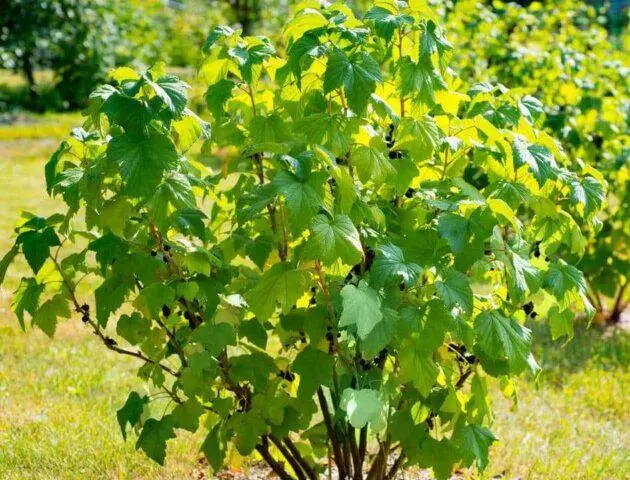
Preventive treatments of currant bushes prevent the invasion of scale insects and other pests
Spraying is preferably carried out in the early morning or late evening. In this case, the weather should be dry and calm. The number of treatments is at least two (interval 3-5 days).
How to protect currants
Preventing the appearance of scale insects on currants is easier than fighting a strong invasion. The main preventive measure is to carry out treatments in spring and summer. You can also attract ladybugs, which are natural enemies of scale insects and aphids.
Preventive treatments
Already in early April, before the onset of warm days, the root zone is cleaned and dug up. After sanitizing currant bushes, they must be treated at least once to prevent the appearance of scale insects and other insects. You can use any of the drugs described above.
Natural enemies
The scale insect has natural enemies – these are ladybugs and hylocorus beetles. They have a small body 4 mm long, black or brown. They lay orange eggs. Adult insects actively destroy scale insects – up to 500-1000 individuals per season. Wasps also feed on pests.
To attract beneficial insects, it is necessary to plant fragrant herbs next to currants: dill, mint, parsley, cumin, coriander, tansy, anise.
Resistant currant varieties
Getting rid of the scab on the currant is not always easy. Therefore, gardeners seek to purchase seedlings that are resistant to this pest. Among the varieties of black currant, the following can be distinguished: Dachnitsa, Veloy, Selechenskaya 2, Pavlovskaya Memory, Temptation, Raisin, Charm.
It is also useful to know about varieties of red currant resistant to scale insects: Vika, Gift of Summer, Gazelle, Dutch, Scarlet Dawn, Ural Beauty, Alpha, Natalie, Ilyinka, Lights of the Urals.
Conclusion
The scab on the currant is a particular danger. It is difficult to see small insects, but if the first signs of an invasion appear, you need to immediately process it. For prevention, it is better to use chemicals. They are also used during a strong invasion. Shortly before harvesting, it is advisable to spray with solutions and infusions based on folk remedies.











